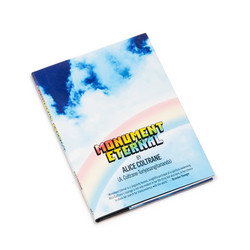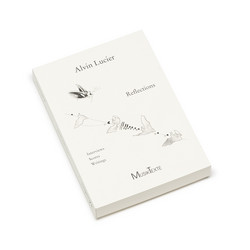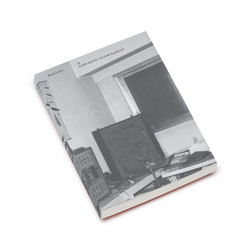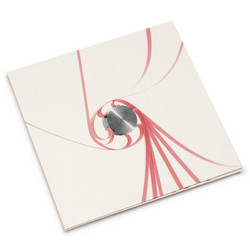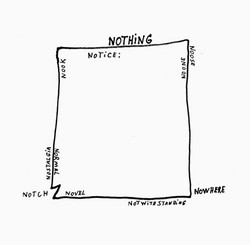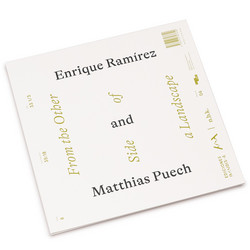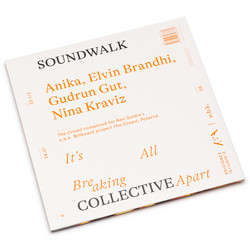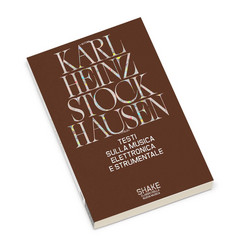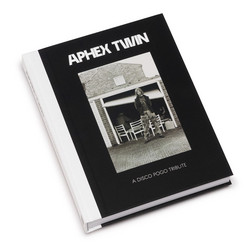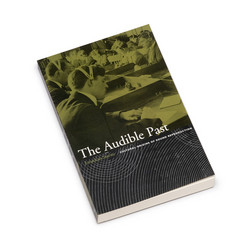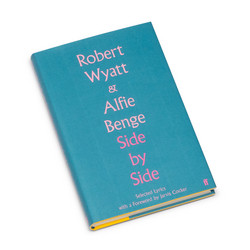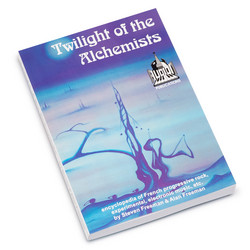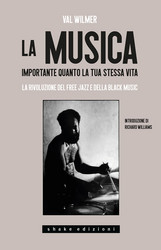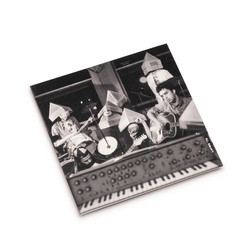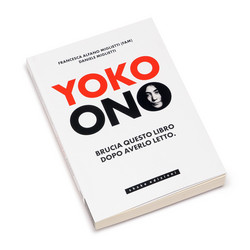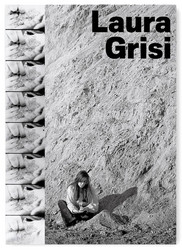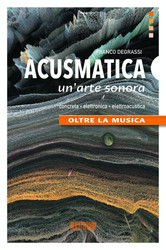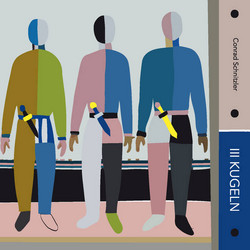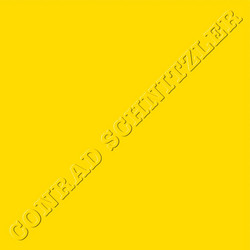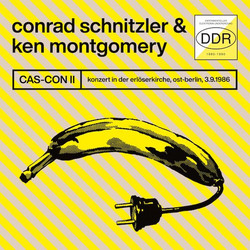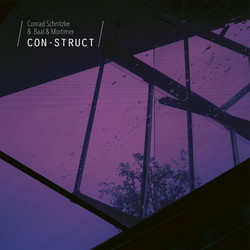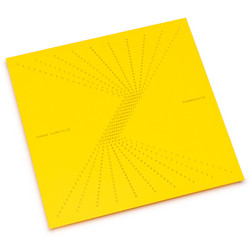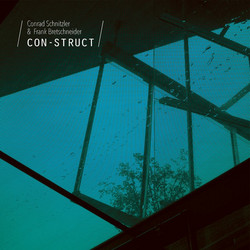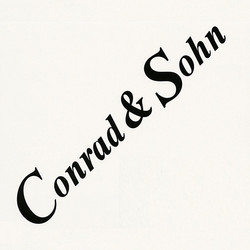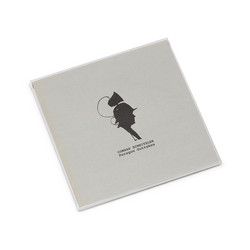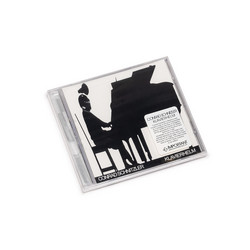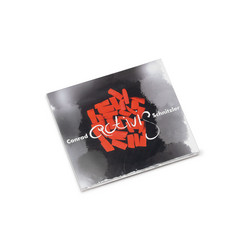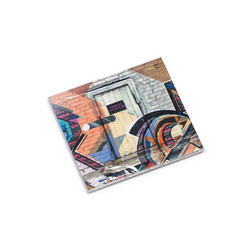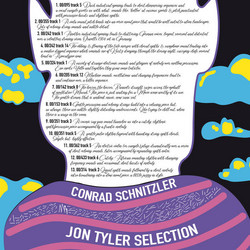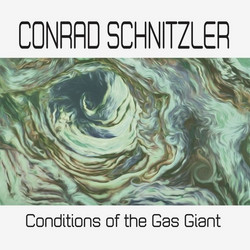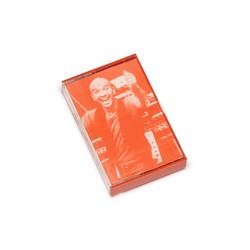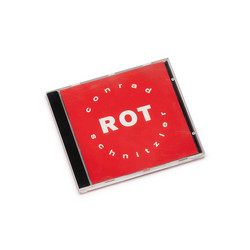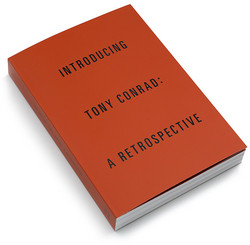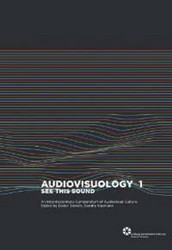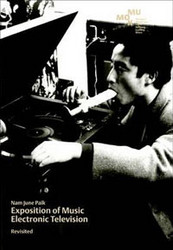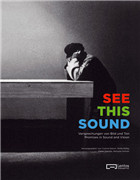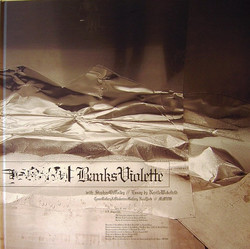** English/German edition. Large format **The first comprehensive publication on his work focuses on Conrad Schnitzler "intermedia" work between Düsseldorf, West Berlin and New York in the late 1960s to 1980s. During this period, the Joseph Beuys student and sculptor Konrad Schnitzler developed into the Zodiak founder and electronic musician of Kluster and Tangerine Dream, into the busy video and performance artist "Konrad von Berlin" and finally into the internationally connected sound artist and musician Conrad Schnitzler.
Contributions by Alexia Ciosses, Geeta Dayal, Gregor Jansen, David Keenan, Florian Meier, Stefan Schneider and Linnea Semmerling bear witness to Schnitzler's importance at the intersection of visual art and electronic music, cassette culture and mail art, video and performance, action and installation, which transcends borders in every respect.
“I’m a performer, performance artist, intermedia artist—not multimedia, but between the media. I tend to see the word ‘musician’ as a derogatory term.”
For Schnitzler, “intermedia” literally meant working between media with simple technical equipment. He treated his sound and video creations not as finished works, but as intermediate stages, set pieces, or momentary states that would unfold their potential in a continual series of new audiovisual constellations. He highly valued the political, economic, and artistic independence of his work. In the early 1970s, Schnitzler bought his first synthesizer, the affordable and portable EMS Synthi A. With this monophonic, analog device, he was able to create his own electronic sounds, albeit only one at a time. That wasn’t enough for Schnitzler, and so he recorded the individual sounds on different cassette tapes, which he could then play back and mix. While the sparse instrumentation of his early concerts consisted of only the synthesizer and two cassette recorders, over the course of the 1970s he developed a performance practice with up to twelve tape recorders. He also continuously expanded his sound spectrum by recording found sounds from his surroundings and other synthesizers on cassettes and adding them to his sonic universe. This is how the format of the cassette concert, which he invented, came about as a unique combination of composed, improvised, and conceptual music.
Kluster (Konrad Schnitzler, Hans-Joachim Roedelius, Dieter Moebius), Klopfzeichen, 1970 (produced by Conny Plank)- Schnitzler’s ear was shaped by the sound of the bombs during the war and the noise from the factory where he completed his apprenticeship as a machinist. He was determined to transform these industrial soundscapes into art, and to this end he developed his own electroacoustic instruments consisting of modified classical musical instruments and homemade noise makers, whose sounds he electronically amplified and altered. “Back then I wanted to replay what I knew from my time as a machinist—the noise from the factory buildings—with instruments. I didn’t want normal scales, nor could I play them. That was my freedom: not being able to do anything. Sometimes it got out of hand and turned into music.”
Schnitzler released an enormous amount of acoustic material in the 1970s and 1980s, deliberately disregarding the mechanisms of the music market. Whether his tracks were released on vinyl or cassette, on a label with professional distribution, or as a private release usually simply depended on whether he had requests from music labels or galleries. Pieces were often released in multiple editions and different versions—for example, on cassette in the early 1970s, as a video soundtrack in the late 1970s, and finally on vinyl in the 1980s.
Paperback, 176 pages, 27.2 × 19 × 2.2 cm
